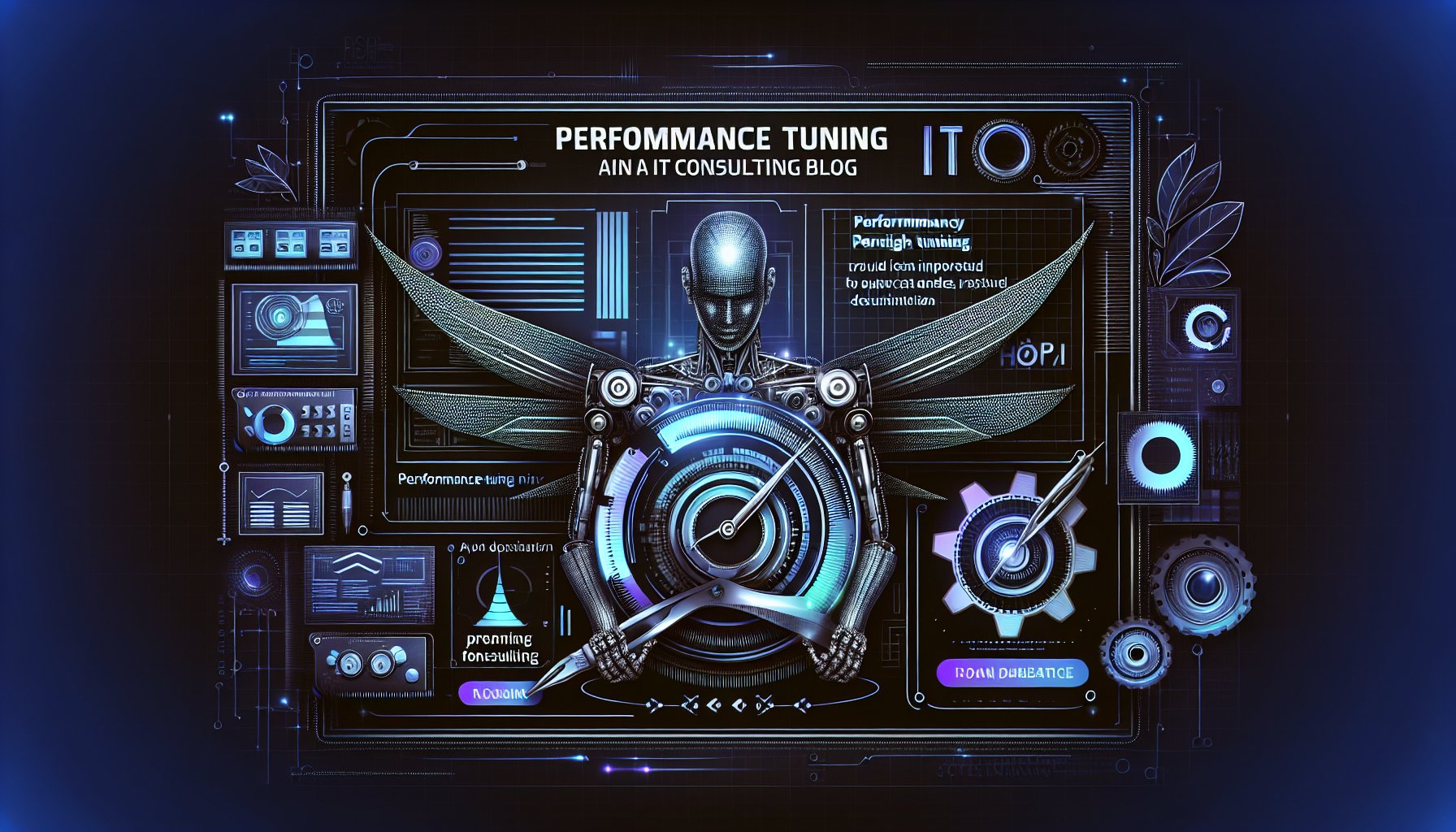Introduction
In 2025, the world of performance tuning is revolutionized. AI-driven solutions are now at the forefront, revolutionizing the way developers and IT professionals optimize system performance. This blog post will introduce you to the modern methodologies, innovative technologies, and emerging trends in performance tuning.
Shifting Paradigm: Performance Tuning with AI
Artificial Intelligence has transformed the landscape of performance tuning. AI-driven platforms are now capable of autonomously monitoring, analyzing, and optimizing system performance in real-time. These systems leverage advanced machine learning algorithms to identify potential bottlenecks, predict performance degradation, and implement necessary adjustments proactively.
Examples of AI-based Performance Tuning Tools
Examples of such innovative tools include AI-optimized platforms like Dynatrace and Datadog. These tools offer automated performance tuning that continually learns and adapts to your system's behavior, ensuring optimal performance and reduced downtime.
Cloud-Native Performance Tuning
With the surge of cloud computing, performance tuning has evolved beyond on-premise systems. Modern development practices now involve tuning applications that are deployed in the cloud. Cloud-native performance tuning involves optimizing not just the application, but also the cloud infrastructure it runs on. This includes tuning the virtual machine instances, database performance, network latency, and more.
Cloud-Native Performance Tuning Best Practices
These practices involve using cloud-specific tools such as AWS CloudWatch or Google Cloud Monitoring. These tools provide real-time monitoring and performance insights, allowing for comprehensive performance tuning in a cloud environment.
Application Performance Management (APM)
Another significant trend in performance tuning is the use of Application Performance Management (APM) tools. These tools monitor and manage the performance and availability of software applications, enabling developers to identify and fix performance issues before they impact end-users.
Examples of APM Tools
APM tools like New Relic and AppDynamics provide extensive visibility into application behavior, helping developers understand how code changes affect performance and user experience.
Conclusion
To stay ahead in the rapidly evolving field of performance tuning, it is crucial to continually adapt to the latest technologies and methodologies. Embrace AI-driven performance tuning solutions, leverage cloud-native tuning tools, and utilize APM to maximize system performance. The future of performance tuning is here, and it's time to harness its power for your organization.
